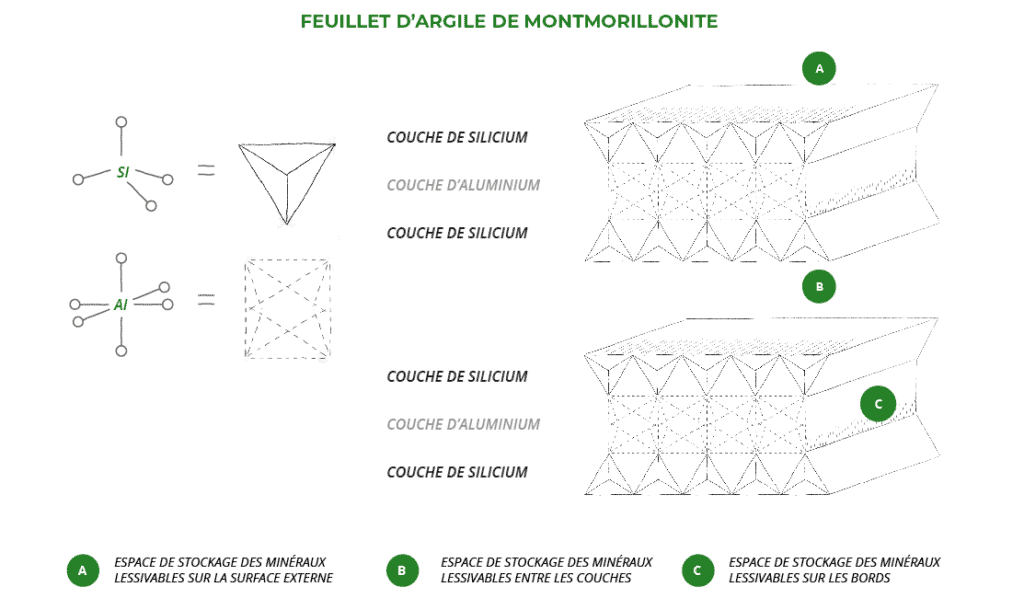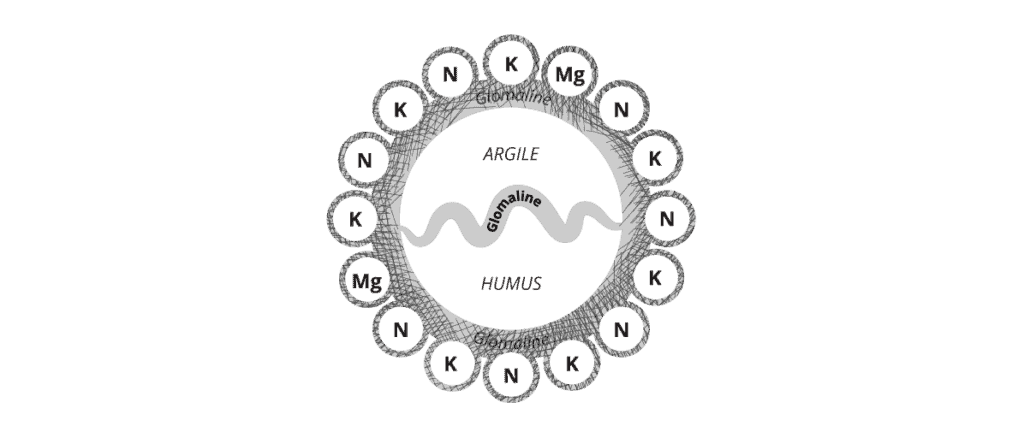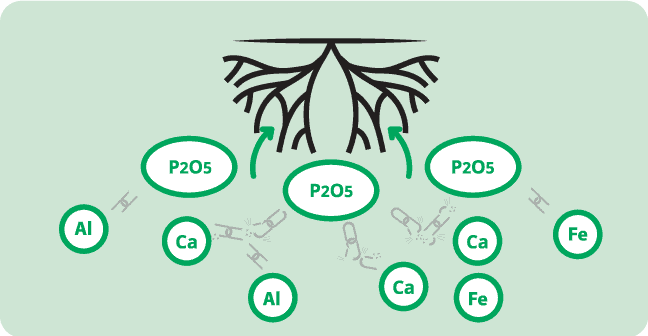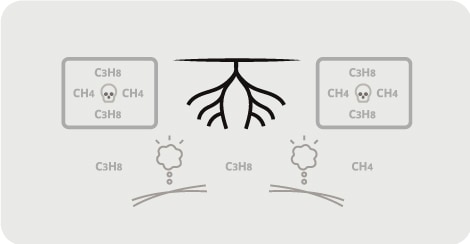

The conversion of soil organic matter into humus by beneficial decomposers.
The job of the microbial flora is to consume organic matter, reducing it to faecal pellets, i.e. extremely small elements.
Fungi, which are the main producers of humus and the only organisms capable of consuming lignin, will step in to convert the organic matter into humus. This is the humification phase.
This process (humification) also increases the amount of the nutrients N, P, K, CaO, MgO and trace elements contained in the humus. In the humus stage, the organic matter has not yet reached the final stage of decomposition.
In spring, with the increase in soil temperature, bacteria, which are converters of humus into metals (mineralizers), unlike fungi, which are humicizers (converters of organic matter into humus), will attack this humus and release metallic salts such as nitrate, phosphate or potassium, so that they can be directly assimilated by the roots. This is the mineralisation phase.
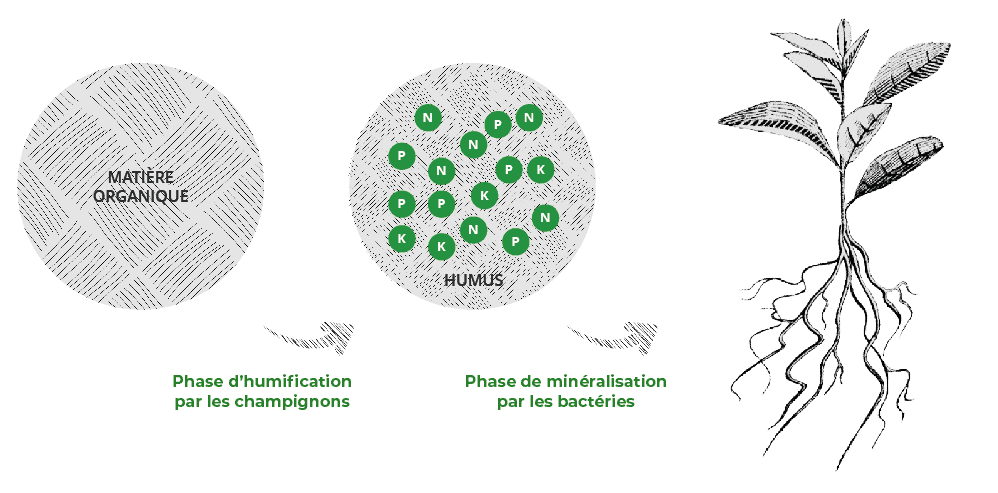
Despite their small size, bacteria are among the most active and important decomposers of organic matter on Earth, second only to fungi. They are the first to attack animal and plant organic matter thanks to the enzymes they produce.
It is therefore highly recommended to avoid chlorine-based or chemically modified fertilizers to maintain the survival of these microorganisms that are essential for the proper functioning of the fertility cycle.
Since humus production takes place at the soil surface, deep ploughing should therefore be avoided as much as possible because it buries the organic matter in the soil, thus preventing its conversion into humus.
The main reason for this is that fungi are aerobic, i.e. they need oxygen from the surrounding air to survive and produce the enzymes that are able to convert organic matter into humus.
Soil fungi are reduced due to the mineral nitrogen in the fields. Bacteria favour nitrogen production, and grow 20 times faster, at the expense of fungi. So in a country like, say, France, in 1900, they made 2 tons of straw per hectare to get 4% humus, whereas today they produce 6 tons of straw per hectare to get only 2% humus.
To grow fungi need a high C/N ratio. The more nitrogen, the less fungi there are. It is therefore recommended to compensate for this loss by adding carbon-rich organic matter.
Based on this principle, Terrabiotec products for soil application such as :
- granular Terra Mineral, Terra Crop, Terra Myco etc,
- the Terra Mineral microgranules,
- the water-soluble Terra First and Terra Myco
- as well as the Terra Flow liquids
contain technology (as one of the 6 technologies) ensuring better conversion of organic matter into humus and provide more elements to the plant compared to common fertilizers.

